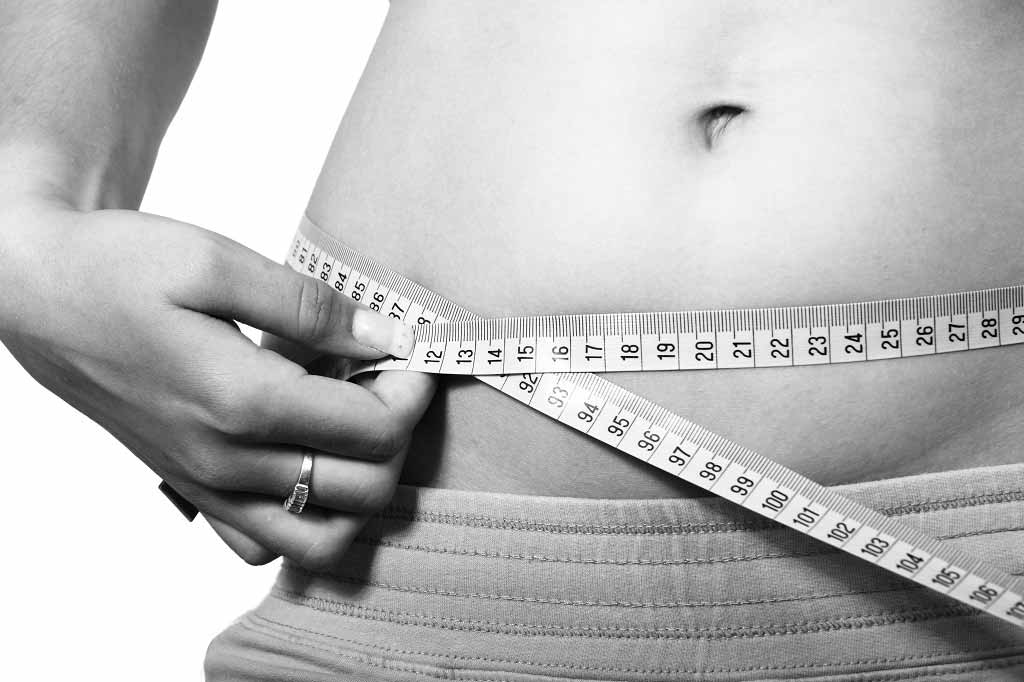Stronger legs linked to stronger brains in older women
Obesity
"Strong legs 'help the brain resist the effects of ageing','' the Mail Online reports. A study that tracked 324 female twins (162 sets) over 10 years found an association between leg strength and cognitive ability, measured…
"Strong legs 'help the brain resist the effects of ageing','' the Mail Online reports. A study that tracked 324 female twins (162 sets) over 10 years found an association between leg strength and cognitive ability, measured through memory testing and brain scans.
The study recruited twins aged 43 to 73 in 1999 and measured their physical fitness using a piece of gym equipment, similar to an exercise bike, to measure the power in their thigh muscles. The women also performed memory tests and completed questionnaires on their usual physical activity level, current health, and lifestyle factors.
After 10 years, they completed another set of memory tests. Some of the twins were also given MRI brain scans to check for changes in the structure in the brain associated with cognitive decline.
The study found women with stronger leg extension had less age-related change in brain function and structure 10 years later, after taking into account their age, lifestyle and other risk factors.
While this is an interesting finding, it is not possible to say less physical strength caused the brain to decline or vice versa. Women with a more active brain may have been more likely to take part in physical exercise.
That said, the study is further evidence of the numerous benefits of physical activity, especially in older women, who may experience weakening of the bones as a result of the effects of the menopause.
Read more about the importance of bone health.
Where did the story come from?
The study was carried out by researchers from King's College London and was funded by the Wellcome Trust and the National Institute for Health Research (NIHR). There were no reported conflicts of interest.
It was published in the peer-reviewed medical journal Gerontology on an open access basis, so it is available for free online.
The UK media reported on the study both accurately and responsibly. However, some of the study's limitations were not highlighted.
The BBC quoted the director of research at the Alzheimer's Society, Dr Doug Brown, who said that although "the findings added to the growing evidence that physical activity could help look after the brain as well as the body … we have yet to see if the improvements in memory tests actually translate into a reduced risk of dementia".
What kind of research was this?
This was a cohort study that aimed to assess if muscle fitness (measured by leg power) could predict cognitive change in healthy females over a period of 10 years. It also assessed if leg power was predictive of differences in brain structure and function after 12 years of follow-up in identical twins.
Twin studies like this are useful as they can take into account shared genetic and environmental factors. However, as the study design is observational in nature, we cannot draw firm conclusions on the causality as more than one factor may be responsible for the observed outcomes.
What did the research involve?
This study included 324 female twins from the UK. The study participants were selected from the TwinsUK volunteer registry, which was originally set up to study ageing in women.
The participants' muscular fitness was estimated based on the strength of the leg extensor muscles (thigh muscles) in 1999. This was done by a trained research nurse using the Leg Extensor Power Rig machine. The machine, similar to an exercise bike, measures leg explosive power by measuring the force and velocity a participant uses when they push down on a pedal.
Participants sat on this machine with their legs slightly bent. The activity leg was then placed on a pedal and they were asked to push the pedal as fast and hard as possible to full extension, "as if performing an emergency stop in a car".
Other measurements and tests included:
- grip strength and lung function
- weight and height
- blood pressure
- blood sugar and cholesterol
Participants were then asked to fill in a questionnaire, which included:
- rating their physical activity during the last 12 months as inactive, light, moderate or heavy
- occupation and income
- smoking and alcohol use
- vegetable intake
- saturated fat intake
- history of ischaemic heart disease
- history of diabetes
- history of mental health conditions
To estimate age-related cognitive changes, study participants underwent a computerised test (CANTAB) once in 1999 and again in 2009. This test is particularly known to be sensitive to age, and measures memory and processing speed of the brain.
Twenty pairs of identical twins underwent MRI brain scans 12 years after the start of the study. The scans were used to look at the amount of grey matter (tissue made up of nerve cells) in two regions of the brain associated with cognitive ability: the medial temporal lobe and the middle frontal gyrus.
What were the basic results?
After adjusting for age, lifestyle and psychological factors, both physical activity and leg extensor power had statistically significant protective effects on age-related cognition over a period of 10 years.
Overall, twins who were stronger at the beginning of the study had significantly less deterioration in cognition than their weaker sisters.
The brain scans of identical twins found those with stronger leg extensor power at the beginning of the study had more total grey matter 12 years later than those with weaker power.
How did the researchers interpret the results?
Researchers concluded by saying the study "found that greater muscular fitness – as measured by leg power – is associated with improved cognitive ageing over the subsequent 10 years in non-impaired community living women".
Conclusion
This study of 324 female twins from the UK found a positive association between leg extensor power and age-related cognitive activity.
As it was a cohort study, it is not possible to say that increased muscular strength prevented decline in mental ability, as other related or unrelated factors could have played a part.
That said, the researchers did try to account for many of these factors, such as:
- using twins to reduce potential genetic and early environmental confounding factors
- taking baseline cardiovascular risk factor profiles, as these are risk factors for dementia
- taking into account age and sociodemographic details
The finding that women with stronger legs had more grey matter on the MRI scans should also be interpreted with caution. The MRI scans were only taken at one time point, so we do not know whether the amount of grey matter had changed over the course of the study. Additionally, they were only performed on a small subset of 20 identical twins.
Other limitations of the study include:
- At baseline, data on the participant's physical activity level in the previous 12 months was obtained through self-reported questionnaire, and this may have introduced recall bias. There was no follow-up information regarding physical activity levels, which is likely to change over time.
- Researchers have accounted for some of the common confounding factors, but there may be other factors not considered in this study that might have had an influence on the observed outcome.
- None of the study participants are reported to have developed dementia, so it is unclear whether the same results would be found for women at higher risk.
Regardless of these limitations, the beneficial impacts of daily physical activity are well known.
Find out the government guidelines for physical activity for your age group.






 Subscribe
Subscribe Ask the doctor
Ask the doctor Rate this article
Rate this article Find products
Find products





